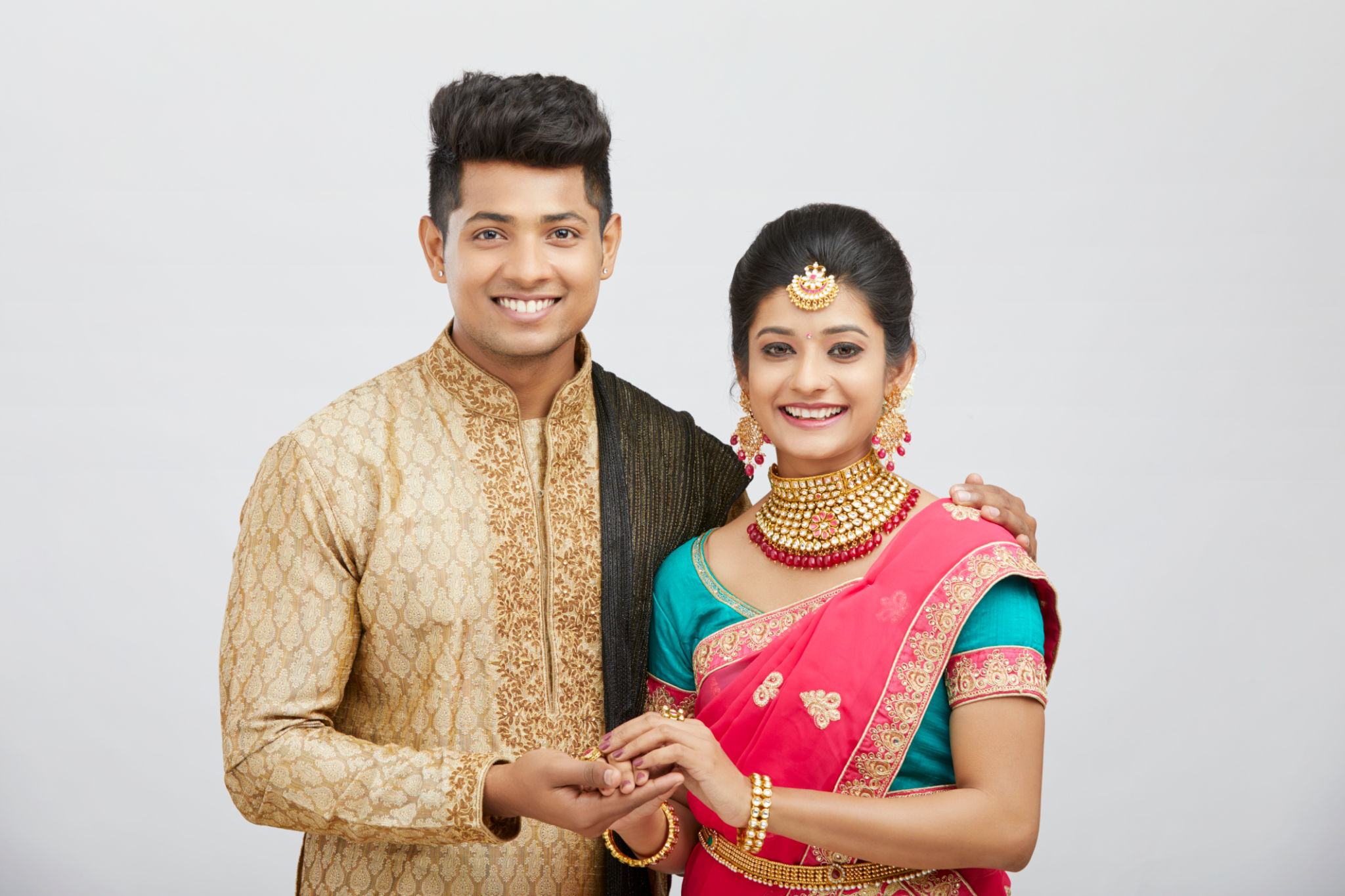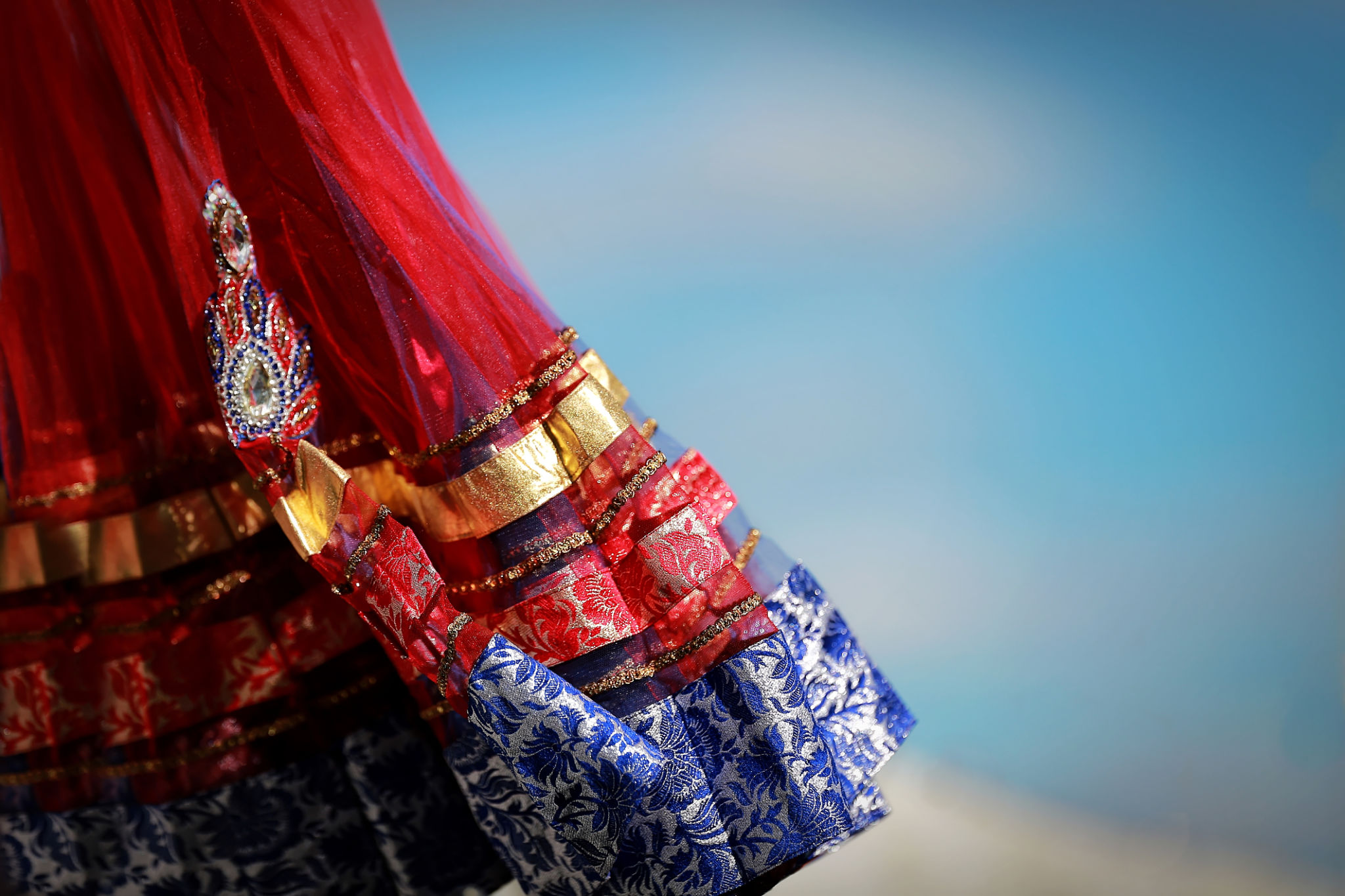A Comprehensive Guide to Traditional Indian Attire: Styles and Significance
Introduction to Traditional Indian Attire
India, known for its rich cultural heritage, boasts a diverse array of traditional attire that reflects the country's varied history. From the vibrant saris of the south to the elegant sherwanis of the north, each garment tells a unique story. Understanding these traditional clothes offers a glimpse into the lives, beliefs, and values of the Indian people.

The Timeless Elegance of Saris
The sari is perhaps the most iconic Indian garment, draped gracefully around the body to create a silhouette that is both elegant and versatile. Ranging from the luxurious silk saris with intricate zari work to the more casual cotton ones, this attire is suitable for any occasion. The way a sari is draped can signify regional identities and cultural nuances.
In addition to their aesthetic appeal, saris are deeply embedded in religious and social customs. For instance, certain colors and patterns are reserved for specific festivals or life events, making them an integral part of ceremonies and celebrations.
The Regal Sherwani
The sherwani is a traditional outfit for men, often worn during weddings and formal occasions. This knee-length jacket is typically paired with churidar pants or dhotis, offering a regal appearance. Adorned with embroidery and embellishments, sherwanis vary widely in style depending on the region and occasion.

Sherwanis have evolved over time, incorporating modern influences without losing their traditional charm. They remain a popular choice for grooms across India, symbolizing dignity and elegance.
Vibrant Lehengas and Ghagras
Lehengas and ghagras are traditional skirts worn by women, especially during festivities and weddings. These garments are known for their vivid colors and elaborate embroidery. Paired with a choli (blouse) and a dupatta (scarf), they create a stunning ensemble that showcases intricate craftsmanship.
The choice of lehenga or ghagra often reflects personal taste as well as regional styles. In Rajasthan, for example, these skirts are characterized by mirror work and heavy embellishments, adding to their allure.

The Comfort of Kurtas
Kurtas are versatile garments worn by both men and women. They are typically loose-fitting shirts that can be paired with various bottoms such as leggings, pajamas, or jeans. Due to their comfort and adaptability, kurtas are a preferred choice for everyday wear.
Available in numerous fabrics and designs, kurtas can be simple or heavily embroidered. They are often chosen for semi-formal events and have become a staple in contemporary Indian fashion.
Cultural Significance of Traditional Attire
Traditional Indian attire is not just about fashion; it holds significant cultural value. These garments are often worn during religious ceremonies, festivals, and important life events, serving as a link between the past and present. Each piece of clothing carries symbolic meanings that reflect India's diverse cultural tapestry.

In conclusion, exploring traditional Indian attire offers insights into the country's rich heritage and cultural diversity. Whether it's the elegance of a sari or the grandeur of a sherwani, these garments tell stories that transcend time, celebrating India's vibrant culture and history.